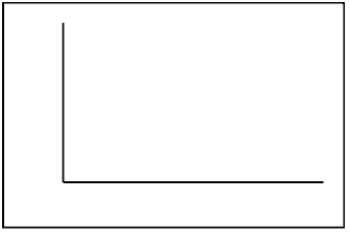Essay
During World War II The German forces launched "flying-bombs" (missiles) against London. In a study of the effectiveness of these flying-bombs, a researcher divided the south of London into 575 squares of area equal to 0.25 square km and counted the number of these squares that had sustained exactly k hits. The data for 0 - 4 hits in an area is given in the table below.  Let the random variable x = number of flying-bombs hitting in a randomly selected square in south London.
Let the random variable x = number of flying-bombs hitting in a randomly selected square in south London. 
Probability histogram 
b)Using your estimated probabilities in part (a), estimate the following:
i)P(x = 1), the probability that 1 flying bomb hit in a randomly selected square.
ii)P(x < 3), the probability that fewer than 3 flying bombs hit.
iii)P(x ≥ 3), the probability that at least 3 flying bombs hit.
Correct Answer:

Verified
a)Probability Distribution:
Hi...View Answer
Unlock this answer now
Get Access to more Verified Answers free of charge
Correct Answer:
Verified
Hi...
View Answer
Unlock this answer now
Get Access to more Verified Answers free of charge
Q5: In a certain very large city, the
Q9: In a certain very large city, the
Q14: In a study of the reaction times
Q25: In a major study by the statistics
Q30: Fifty-five percent of the students at Thomas
Q38: Determine the following areas under the standard
Q42: Suppose that the maximum daily temperature in
Q45: The sales of a newsmagazine vary from
Q46: Let z denote a random variable having
Q48: A gasoline tank for a certain car